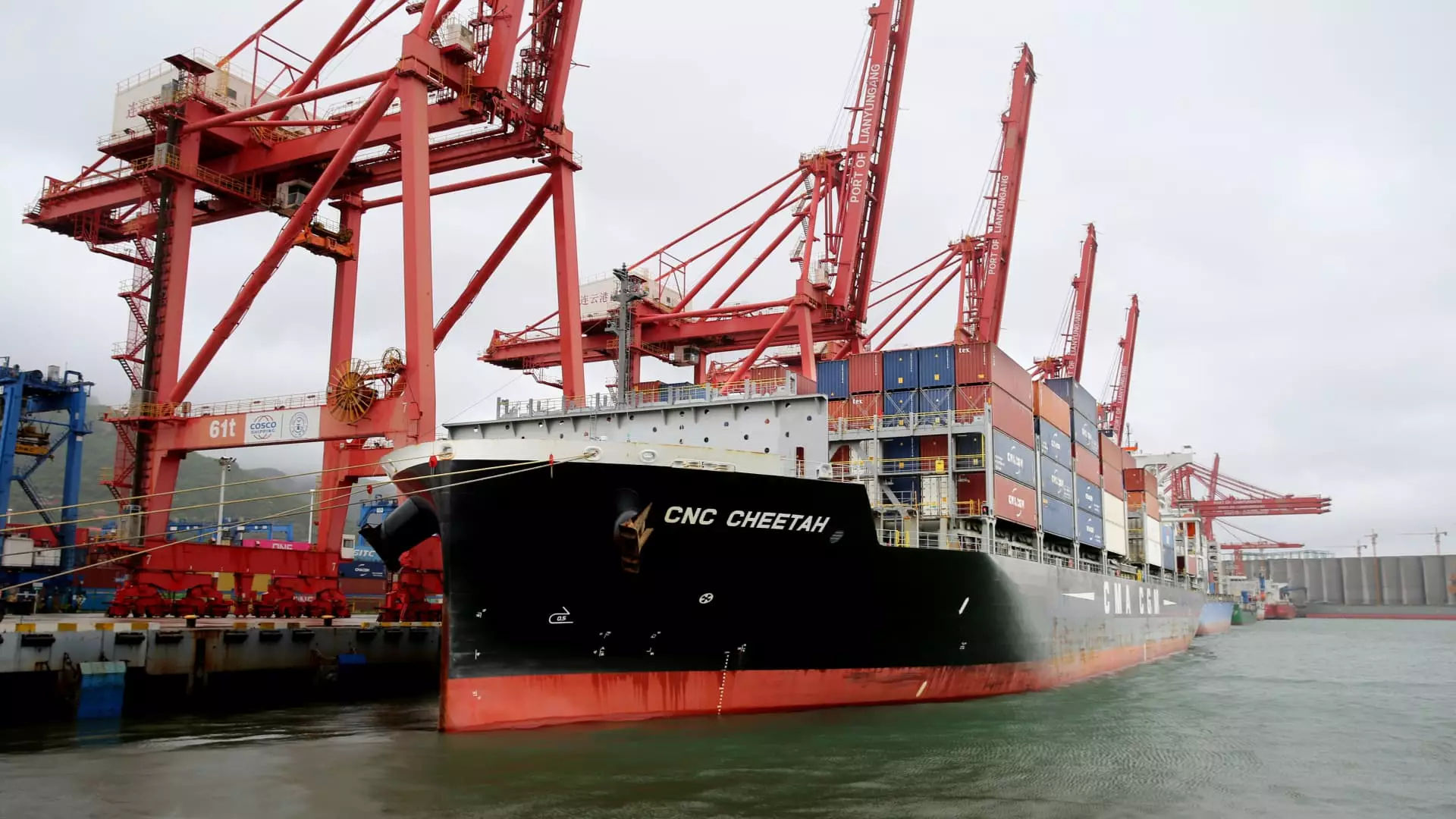In a stark revelation by the Yale Budget Lab, the reshaping of U.S. trade policies has led us into uncharted territory—a staggering average effective tariff rate of 17.8%, the highest since the dark days of the Great Depression in 1934. This isn’t merely a statistical anomaly; it’s an indicator of an underlying challenge that American consumers and businesses are grappling with. One would think that recent trade agreements with nations like China and the United Kingdom would signal a return to trade normalcy, yet the reality reflects a contrary narrative of escalating costs and economic strain.
The Hidden Costs to Households
The impact of these high tariffs is not felt abstractly but rather directly in the wallets of everyday Americans. With the Yale Budget Lab estimating that the average household will bear an additional burden of $2,800 due to current tariff policies, it is imperative to scrutinize the implications of these decisions. This figure is not just a mathematical average; it encapsulates the lifestyle changes and sacrifices families might have to make as they navigate the cumbersome financial landscape imposed by tariffs. The lack of a clear timeframe only adds to the uncertainty, leaving consumers in a precarious position of guessing how long these elevated costs will linger.
Temporary Fixes, Permanent Problems
In a move that seems to mimic patchwork solutions, recent agreements aimed at reducing tariffs on Chinese imports to a mere 30%, down from a previous rate of at least 145%, may provide temporary relief but fail to address the systemic issues in trade policy. While China has reciprocated by cutting its duties from an exorbitant 125% to 10%, these numbers represent more of a superficial compromise rather than a comprehensive solution. It’s paradoxical that while our government parades these agreements, the reality is that American consumers remain saddled with inflated prices driven by punitive tariffs.
Behavioral Shifts Among Consumers and Businesses
With consumers now more focused than ever on avoiding the higher costs associated with tariffs, a behavioral shift is at play. The average American is being pushed to seek alternatives, forcing businesses to reconsider how they source their products. The economic ripple effect of these tariff policies extends far beyond mere numbers; it alters consumer habits and can lead to a downturn in overall economic health. Economists caution that this flexibility in purchasing behavior is unpredictable, suggesting that businesses may not only experience temporary losses but also enduring challenges as they adapt.
A Call for Rational Trade Policy
It is hard not to view the current tariff landscape as a misguided attempt to redefine American economics. This series of trade policies appears less about strengthening our economic framework and more about a strategy cloaked in political bravado. If we want to build a prosperous future for all citizens, it is critical that we push for trade agreements that prioritize fairness over confrontation, ensuring that consumers are not left shouldering the heavy burden of political maneuvering. Balancing the scales of trade with a rational, thoughtful approach is not merely advisable; it is essential for preserving the economic prosperity that all Americans deserve.

